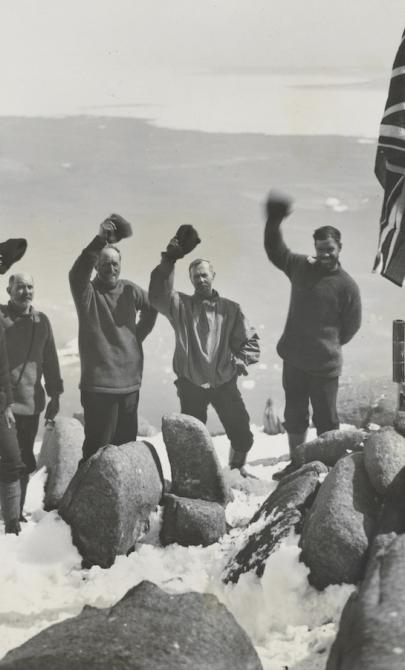Time and place
About this module
Using an inquiry-based approach, this module develops students' skills as historians through engaging historical sources. Featuring sources from the National Library's collections, the resource caters for flexible approaches to suit diverse classroom contexts and learning styles.
Copyright for teachers
You can download all collection materials in this resource for education purposes. For more information, go to copyright for teachers.
Topics and learning activities
This module covers 7 key topics.
Each topic includes an introduction to key concepts, links to key resources in our collection and a series of learning activities that cater for a variety of classroom contexts and learning styles. Teachers can explore all 7 topics or choose specific topics to meet their teaching and learning objectives.
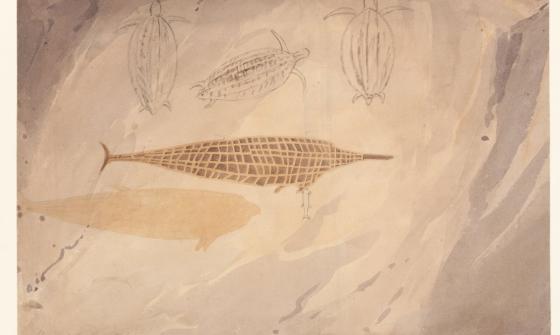
William Westall, Chasm Island, native cave painting, 1803, nla.gov.au/nla.obj-138890494
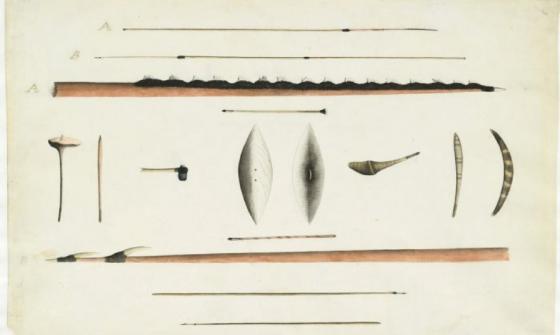
Port Jackson Painter, Aboriginal hunting implements and weapons, 1790, nla.gov.au/nla.obj-135230406

Tom Roberts, Bourke Street, Melbourne, 1886, nla.gov.au/nla.obj-134285521
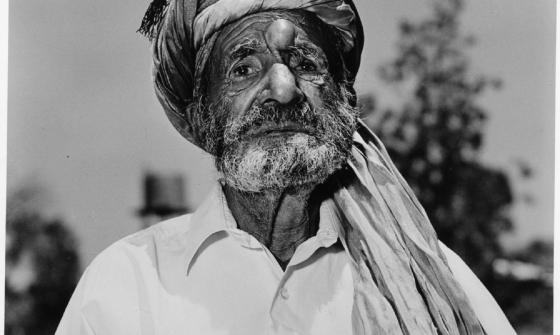
Robin Smith, Old Afghan camel drover Saidah Saidel, Alice Springs, Northern Territory, 1966, nla.gov.au/nla.obj-146607205
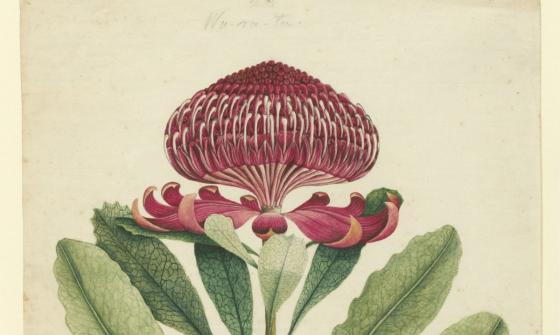
George Raper, Wa-ra-ta [waratah (Telopea speciosissima)], 1788, nla.gov.au/nla.obj-150069197
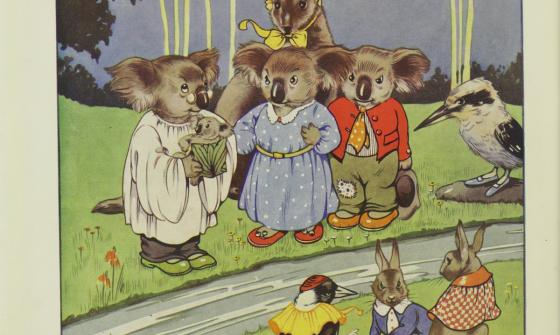
Dorothy Wall, Blinky Bill: The Quaint Little Australian, 1933, nla.gov.au/nla.obj-943876
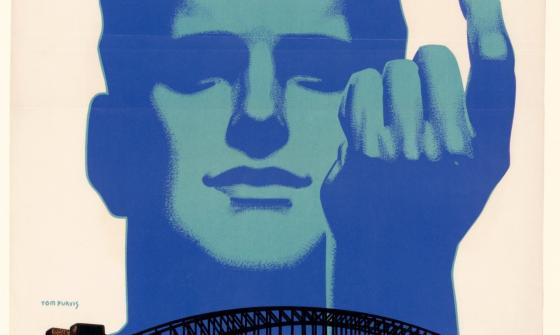
Tom Purvis, 1888-1959 & Australia's 150th Anniversary Celebrations Council & Australian National Travel Association, Australia's 150th anniversary celebrations Sydney - summer season, 1938, nla.gov.au/nla.obj-135689940
Introductory activities
Introductory and concluding activities are provided to facilitate a shared understanding of the themes and concepts relevant to Year 3 History. They provide a context for students before they explore related sources from the Treasures Gallery.
Activity 1: What is a community?
Challenge students to think about what a community is.
Create a Y-chart and use the Looks like ..., Sounds like ..., Feels like ... strategy to brainstorm the many meanings of community.
Activity 2: Local communities
Ask students to identify and list the different communities they belong to (e.g. sporting, religious, school). Then ask students to list the many different communities within their local area (e.g. cultural, arts, volunteer).
Activity 3: My Place
Use Nadia Wheatley’s book, My Place, to focus students’ attention on change and continuity in your local community.
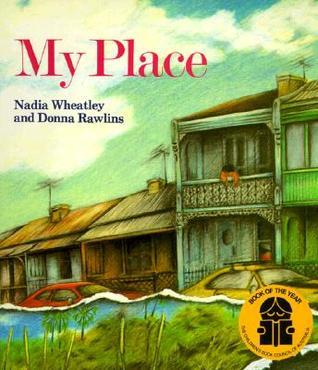
Nadia Wheatley and Donna Rawlins, My Place, 1987, nla.gov.au/catalog/5783514
Concluding activities
Activity 4: Your community
Develop your students’ historical skills by researching evidence of change over time in your local community.
- Use Trove with your students to identify pictures of your community/region/town/city over time.
- Ask your students to create a timeline that identifies evidence of change and continuity in different categories; for example, built environment, entertainment, daily life, transport.
Activity 5: Design symbols
- Brainstorm with your students the characteristics (for example people, places, plants, animals, natural features) that are common to your area.
- Challenge students to design a symbol (a flag, statue, emblem) for your community that reflects its past and present.
Curriculum links
This resource has been developed with specific reference to the following three content descriptions for Year 3 students in the Australian Curriculum: Humanities and Social Sciences.
This resource also has relevance to the Geography, and Civics and Citizenship strands, the English learning area and to the General Capabilities of Literacy, Critical and Creative Thinking, Intercultural Understanding, and Personal and Social Capability.
- The ways First Nations Australians in different parts of Australia are interconnected with Country/Place (AC9HS3K04)
- Causes and effects of changes to the local community, and how people who may be from diverse backgrounds have contributed to these changes (AC9HS3K01)
- Significant events, symbols and emblems that are important to Australia’s identity and diversity, and how they are celebrated, commemorated or recognised in Australia, including Australia Day, Anzac Day, NAIDOC Week, National Sorry Day, Easter, Christmas, and other religious and cultural festivals (AC9HS3K02)



